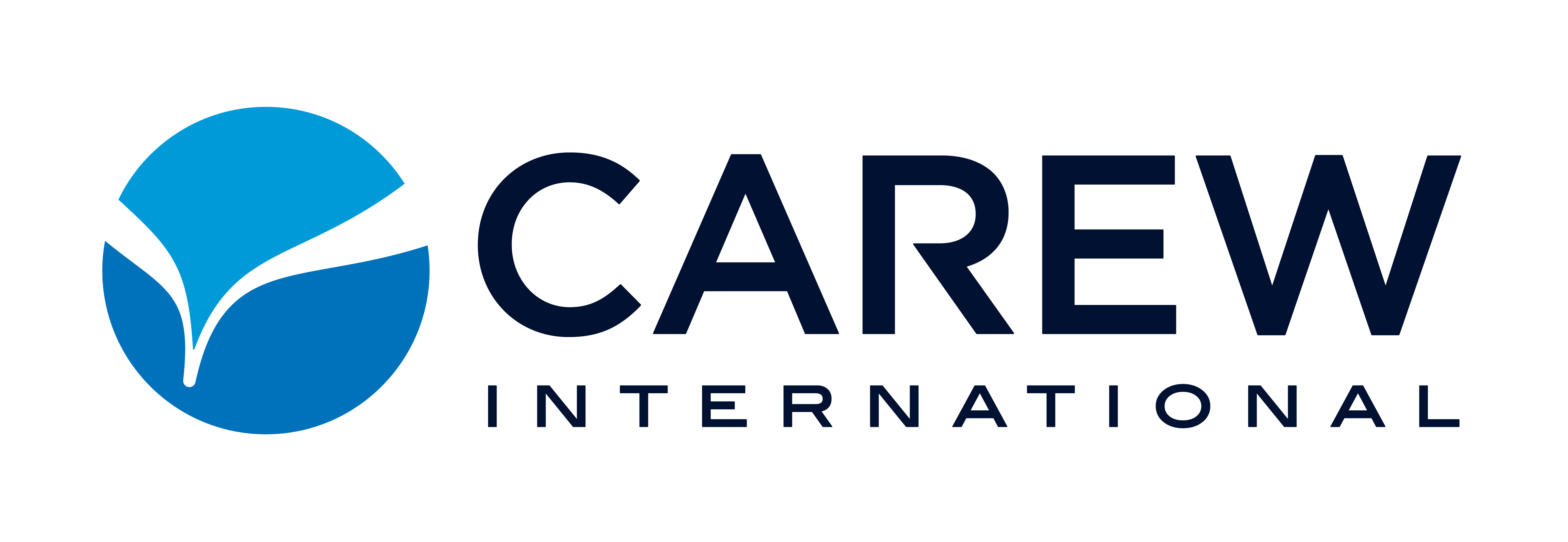Fear is a powerful emotion. It can paralyze many necessary processes within our brains that tend to produce good decisions and outcomes, regardless of what we are attempting to do. The usual interplay between our logic and our emotions is visibly interrupted when we feel fear, as seen on many MRI images of human brains. However, the more we prepare for situations that might put our minds in this state of alarm (negotiations), the less likely our response will be thoughtless (price concessions).
“Let us never negotiate out of fear. But let us never fear to negotiate.” – John F. Kennedy’s Inaugural Address, January 20, 1961
The coronavirus pandemic and its lasting effects are certainly leading to pricing pressures for sales professionals and organizations alike. Price increases can and will heighten a sales professional’s trepidation of negotiating with customers. Recognizing that JFK’s Inaugural remarks referred to issues with world-impacting stakes, the similarities for salespeople today are no less overwhelming. Inherent in JFK’s warning to “never negotiate out of fear” is the realization that prior planning can significantly impact our aversion to the negotiating process. Chief among the pre-negotiating planning steps we can take is a better understanding of price concessions and why they occur. Carew International research has identified several key actions to help sales professionals avoid the pitfall of price concessions during negotiations:
- Thoroughly know your customer’s needs
- Identify your/your organization’s desired outcome
- Understand the alternatives
Though some of the methods for avoiding these failures may seem obvious, here are some brief guidelines for removing the fear factor from the negotiating process and creating a better Pathway to Negotiations.
Know Your Customer’s Needs
Thoroughly understand your customer’s needs by undertaking a skillful, well-planned, and in-depth exploration of their desired situation and where their current gaps are in pursuing those outcomes. A complete understanding of your customer’s needs means asking the right questions of the right people and hearing the right answers before deciding your solution is a “fit” for your customer. When you can match your capabilities to your customer’s needs, the value of your solution is apparent to your customer, thus reducing the need to make concessions. Simply put, concessions are the by-product of unconvinced customers.
Identify Your Desired Outcome
“Water seeks its own level,” and planning for negotiations is no different. Failing to know what you want before you enter negotiations will lead you to unsatisfactory results. The higher you set your own goals and expectations, the higher you will reach to attain them. Always begin negotiating from a position that is based upon a personal commitment to achieving the best outcome for yourself, your company, and your customer.
Understand the Alternatives
Create a “safety net” for yourself and others by determining what a “second-best” solution, or backup plan, might look like to each party involved, from each respective point of view. A very fundamental shortcoming of human nature is the preoccupation with our own view of things, excluding other points of view. Failure to understand the alternatives available to you, your customers, and anyone else who has a stake in the outcome, can narrow the opportunity for successful outcomes for all involved.
Following these steps when planning for negotiations will help you approach the process with more confidence and less fear, thereby greatly increasing your success rate.
For more in-depth information on negotiation strategies, read Carew International’s Defending the Price whitepaper or visit our Pathway to Negotiations™ page for detailed program information.





